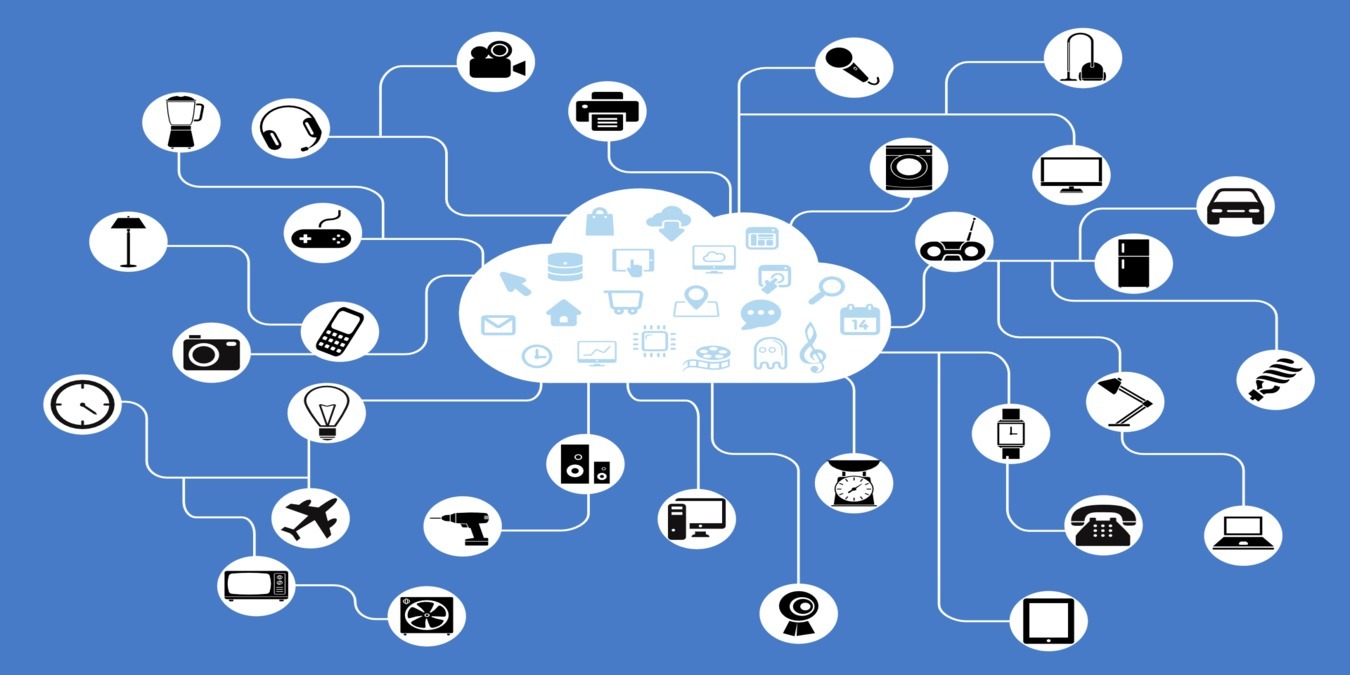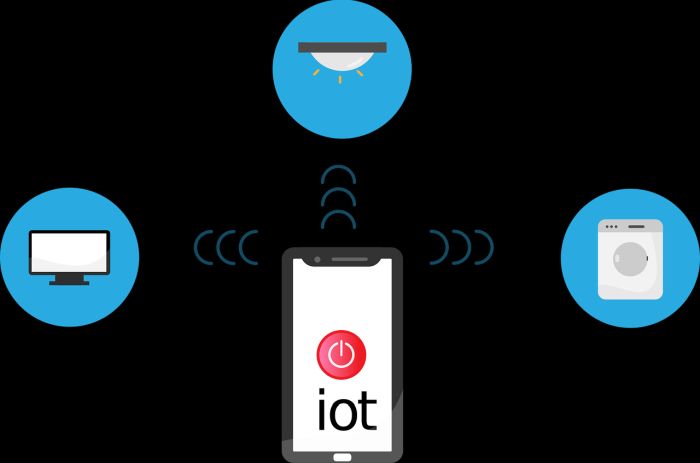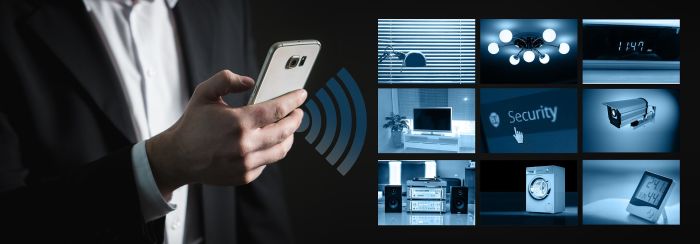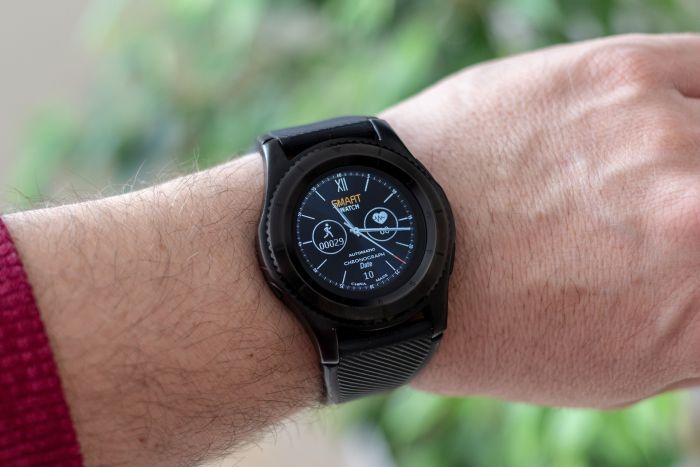
The Internet of Things (IoT) comes with a mixed bag of opportunities and challenges. For consumers, it isn’t just bringing convenience and efficiency, but challenges of security and privacy that are still a thorn in the side for many brands.
The number of connected things is poised to increase by 2030 if the current statistics are anything to go by. A report by Gartner shows that the consumer sector accounts for about two-thirds of total applications being used, making it the largest user of connected devices and things.
In 2017 alone, the number was nearly 27 billion, which was a market of about $170 billion, and is projected to cross the 125-billion mark – with a market of about $561 billion by 2022. This just goes to show how impactful IoT is on consumer products, and it’s no longer a hype – it’s now a reality.
But what is Consumer IoT? We’re going to look at a working definition of the term and a few applications in which it’s currently being used.
What Is Consumer IoT?

Consumer IoT is a term used to refer to connected devices designed for the consumer market, like smartphones, smart wearables, and the increasing number of smart home devices that collect and share data through an Internet connection.
When British entrepreneur Kevin Ashton first coined the term IoT in 1999, his definition was all-encompassing to cover any technologically-smart device that can communicate using an IP address with other systems, things, networks and devices.
Consumer IoT is thus just a component of IoT overall and incorporates most, if not all, of the above but is aimed at the consumer market. There are other components of IoT like Industrial IoT or Shadow IoT among others, which aren’t part of the consumer IoT.
The main differences between IoT, in general, and Consumer IoT lies in the types of applications and/or devices plus technologies that drive their purpose. This is why the different terms are used for each segment, because IoT in itself is a broad term.
How Consumer IoT Is Applied Today
As much as smartphones are still regarded as the ultimate in IoT devices, there are various smart devices for the home or for health and fitness purposes that consumers across the globe are using.
More IoT-enabled devices are launched by the day, with the hope of bringing some ease to consumers’ everyday lives, so it’s expected that rapid innovations in this space will revolutionize and improve consumer devices and their lifestyles.
Consumers want experiences that are personalized, with new feature updates and usage monitoring, such that the devices are in turn energy efficient and secure and enhance various aspects of their lives.
As companies leverage IoT to innovate and design new offerings, consumers have high expectations as to the kind of capabilities they’d want the devices to deliver based on specific use cases and real-world context.
There are several real-life applications of Consumer IoT and device categories used today. For instance, connected streaming devices, wearables, connected car applications, voice-command systems, home control devices and all types of smart watches.
You’ve probably also heard of the smart glasses, but consumer interest in these is still relatively small but growing nonetheless.
Here are just a few examples of the common Consumer IoT applications in practice today.
Smart home automation and security

This is one of the main areas where Consumer IoT is increasingly important because they can now monitor intrusion or unauthorized entry in their homes from wherever they are, on their mobile devices connected to the Internet. In terms of automated tasks, this is the leading application for consumers based on data from online stores. Other smart home applications include entertainment systems, room control, and much more that range from inexpensive to simple, or high-end solutions.
Wearable tech
These are becoming popular besides the usual smart watches and fitness trackers. They’re designed to transform how consumers live and work, and it is anticipated that one day there will be smart wearables that won’t be dependent on the smartphone as they are today.
Personal Healthcare

Most consumers use wearables for personal healthcare, where Consumer IoT benefits are reaped extensively. For instance, the smartwatches and fitness trackers today can monitor blood pressure or heart rate, and they’re connected directly to the healthcare system thanks to IoT, which in turn means timely medical assistance when it’s needed.
It also comes in handy especially in the field of sports, where an athlete’s vital signs are monitored via personal wearables during training, or in the healthcare industry for patient surveillance, fall detection, and care of disabled or elderly people.
Asset tracking
![]()
Consumer IoT also provides tracking of consumers’ valuable assets by offering devices, products and technologies that can track anything that’s IoT-enabled and connected. A good example is pet tracking, where pet owners can monitor their pets’ movements, or any other asset, which can be tracked over longer distances provided IoT coverage is available.
Wrap-Up
Consumer IoT doesn’t just add convenience to the consumer’s home and daily tasks, but it helps them get comfortable and stay connected on the go. For businesses, this offers an opportunity to gain better user behavior insights using data so they can deliver personalized and unparalleled customer experiences. Trends and preferences are changing in the twinkling of an eye, but with the forthcoming changes in IoT, there’s no doubt consumers will benefit greatly from the convenience they bring.








